Expand Your Research Horizons with ScienCell's Diverse Dermal Fibroblasts!
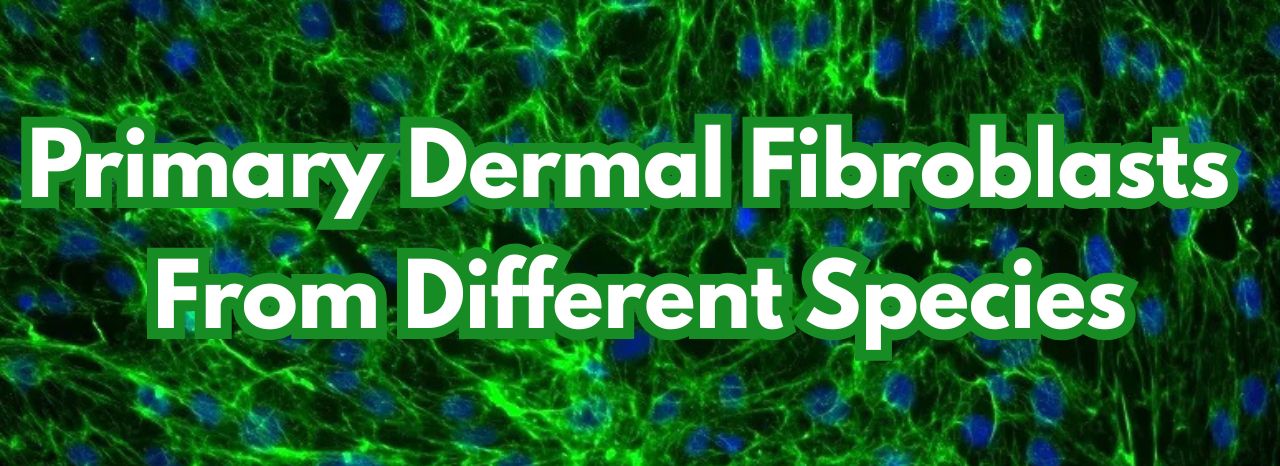
Dermal fibroblasts, derived from the embryonic mesoderm are fundamental components of the skin's dermis layer. Their versatility and ease of culture make them extensively used in cellular and molecular studies. Due to their durability, they are also suitable for a variety of manipulations, such as gene transfection and microinjection.
Key Insights:
- Extracellular Matrix Producers: Fibroblasts are known to secrete a non-rigid extracellular matrix (ECM) that is rich in type I and/or type III collagen.
- Organ-Specific Differences: While sharing common traits, evidence suggests that fibroblasts from different organs are intrinsically different.
- Central to Wound Healing: A critical function of dermal fibroblasts is their involvement in wound healing. During this process, they demonstrate plasticity, transitioning from a proliferative, migratory state to a contractile, matrix-remodeling state. This plasticity is considered vital for wound healing.
- Modulation of Function: Following injury, integrins, the extracellular matrix, and cytokines can modulate fibroblast function to stimulate tissue repair.
- Role in Skin Homeostasis and Aging: Beyond wound healing, dermal fibroblasts play a crucial role in skin homeostasis and aging.
- Implications in Disease: The plasticity of dermal fibroblasts, while essential for repair, can also contribute to the development of skin diseases.
Our Extensive Species Range for Dermal Fibroblasts Includes:
Human Dermal Fibroblasts (Cat. #2300, 2310, and 2320)
Isolated from human skin. HDFs are suitable for a broad spectrum of cellular and molecular studies.
Recommended medium is Fibroblast Medium (FM, Cat. #2301)
Rat Dermal Fibroblasts (RDF, Cat. #R2300)
Isolated from neonatal rat skin.
Recommended medium is Fibroblast Medium (FM, Cat. #2301)
Mouse Dermal Fibroblasts from CD-1 and C57BL/6 mice (MDF, Cat. #M2300 and M2300-57)
These MDFs are isolated from postnatal day 2 mice. Our MDFs can be used to further study skin disease, skin aging, and the wound healing process.
Recommended medium is Fibroblast Medium-2 (FM-2, Cat. #2331)
Rabbit Dermal Fibroblasts (RabDF, Cat. #Rab2300)
Isolated from rabbit skin. RabDF are described as a useful in vitro model to study wound healing and dermal fibrosis.
Recommended medium is Fibroblast Medium (FM, Cat. #2301)
Bovine Dermal Fibroblasts (BDF, Cat. #B2300)
Isolated from bovine skin. Cultured BDF serve as a useful in vitro model to study wound healing mechanisms and potential therapeutic tartgets to reduce scarring and fibrosis.
Recommended medium is Fibroblast Medium-2 (FM-2, Cat. #2331)



-
Company
(50)
- News (15)
- Newsletter (32)
- Information (39)
- Gene Expression Profiling (18)
- Cell Culture Media (9)
- Primary Cells (35)
- Cell Based Assays (11)
- qPCR Reagents (5)
- 3D Models (5)
- COVID-19 (4)
- Molecular Biology (7)
- Stem Cells (5)
- Cell-Based Research (1)

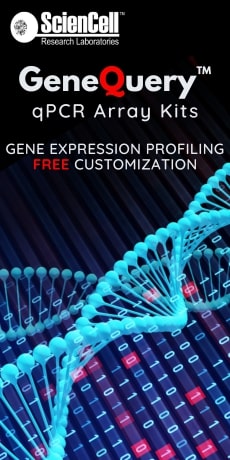
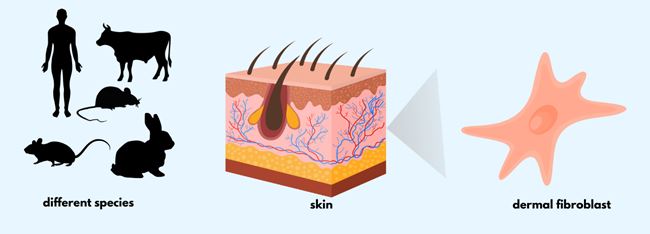
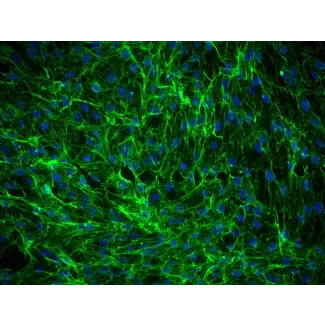
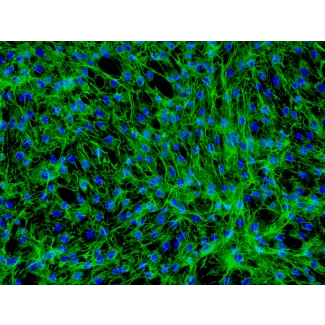
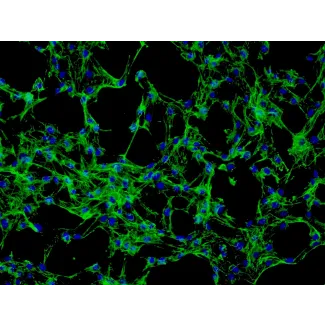
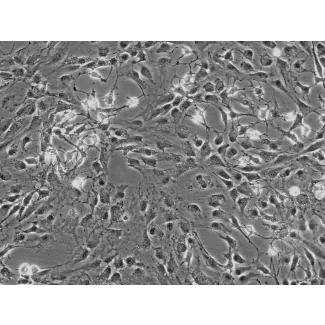
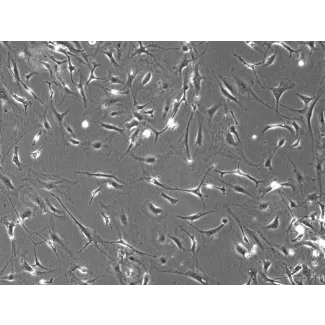
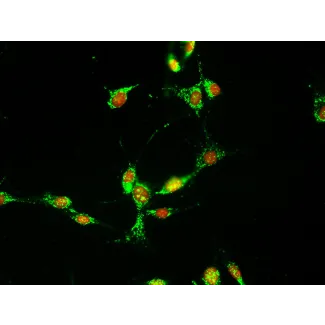
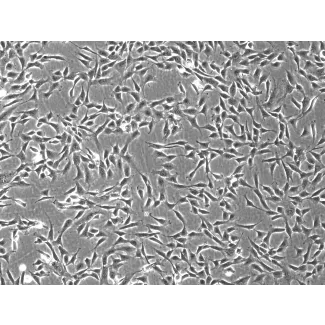
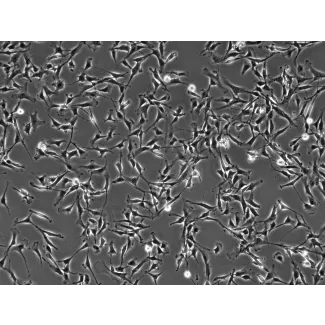
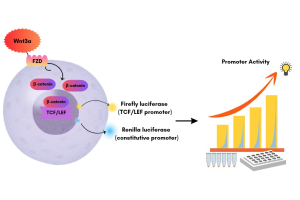
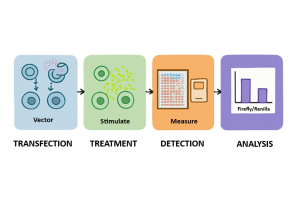
.jpg)
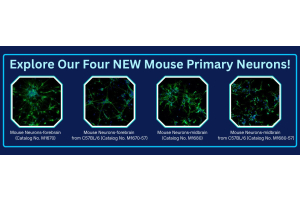
.jpg)